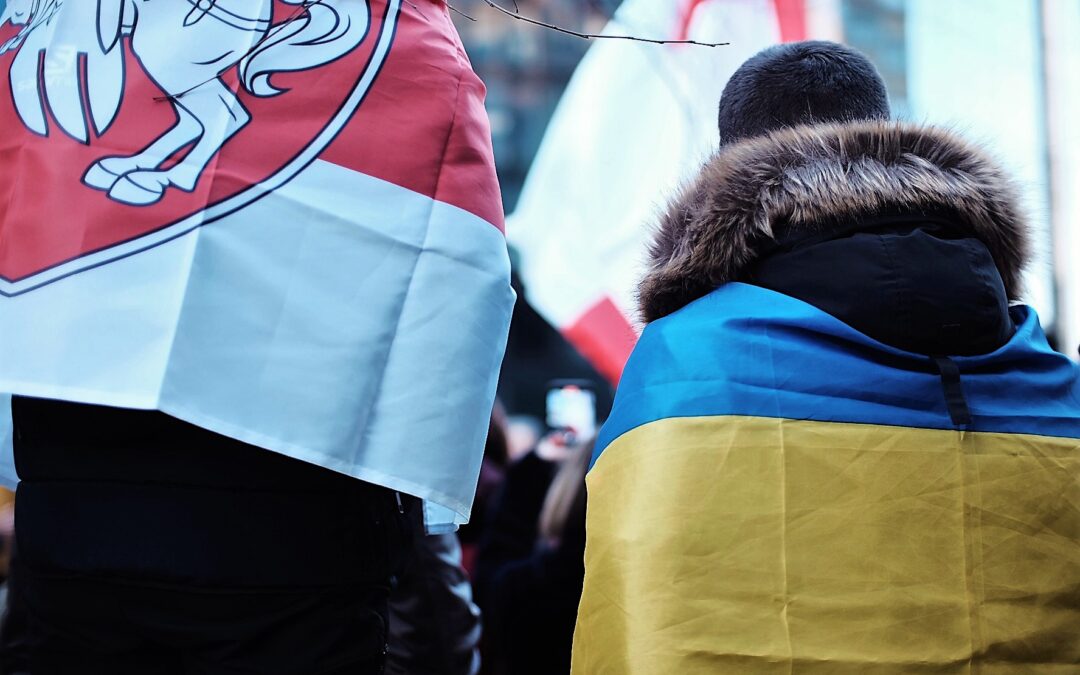Poland granted international protection – a status given to those who face persecution or other serious harm in their country of origin – to a record number of people last year. The majority of recipients were from Belarus.
While 2022 saw Poland receive an unprecedented number of refugees from Ukraine – millions of whom crossed the border in the wake of Russia’s invasion – the vast majority of them did not apply for refugee status. Instead, special rules were introduced allowing them to legalise their stay in Poland.
Around one million Ukrainian refugees remain in Poland, according to analysis of public data by @MaciekDuszczyk and @BartoszMarczuk.
Around 91% of them are women (45%) and children (46%) https://t.co/NwmEuwygJv
— Notes from Poland 🇵🇱 (@notesfrompoland) October 14, 2022
Separately, around 9,900 people last year applied for international protection in Poland, notes the government’s Office for Foreigners. That was 28.5% more than in 2021 (when the figure was itself 175% higher than the previous year).
The largest number of applications in 2022 were from citizens of Belarus (3,100), followed by Russia (2,200), Ukraine (1,800), Iraq (600) and Afghanistan (400).
Throughout the year, Poland issued 10,700 decisions on applications for international protection (which included some submitted before 2022). That was 127% more than in 2021. The average proceeding time for applications was also almost two months shorter than the usual level of six months.
Positive decisions were issued in almost 5,000 cases, the majority of which (3,600) were for Belarusians, followed by Ukrainians (1,000) and Russians (100). Among 1,600 negative decisions, the largest proportion were Russians (600), Iraqis (400) and Tajiks (80).
In a further 4,100 cases, it was decided to discontinue proceedings. That usually happens because the applicant has left Poland (often to move on to western European countries) or withdrawn their application (which occurred mainly with Ukrainians).
Such discontinuations took place most frequently with Iraqis (1,200), Russians (900) and Ukrainians (500).
Since large-scale protests broke against Belarusian dictator Alexander Lukashenko in 2020, Poland has sought to offer refuge to opposition figures and others seeking to flee the country.
In 2021, the Belarusian authorities also began orchestrating a migration crisis on the border with Poland, in which they helped tens of thousands of migrants and asylum seekers – mostly from Africa, Asia and the Middle East – try to illegally cross into the European Union.
While the Polish authorities have sought to prevent such crossings – and have also pushed many migrants back in a practice found illegal by various court rulings – some of the asylum seekers have managed to apply for international protection in Poland.
Main image credit: Bartosz Brzezinski/Flickr (under CC BY 2.0)

Daniel Tilles is editor-in-chief of Notes from Poland. He has written on Polish affairs for a wide range of publications, including Foreign Policy, POLITICO Europe, EUobserver and Dziennik Gazeta Prawna.




















